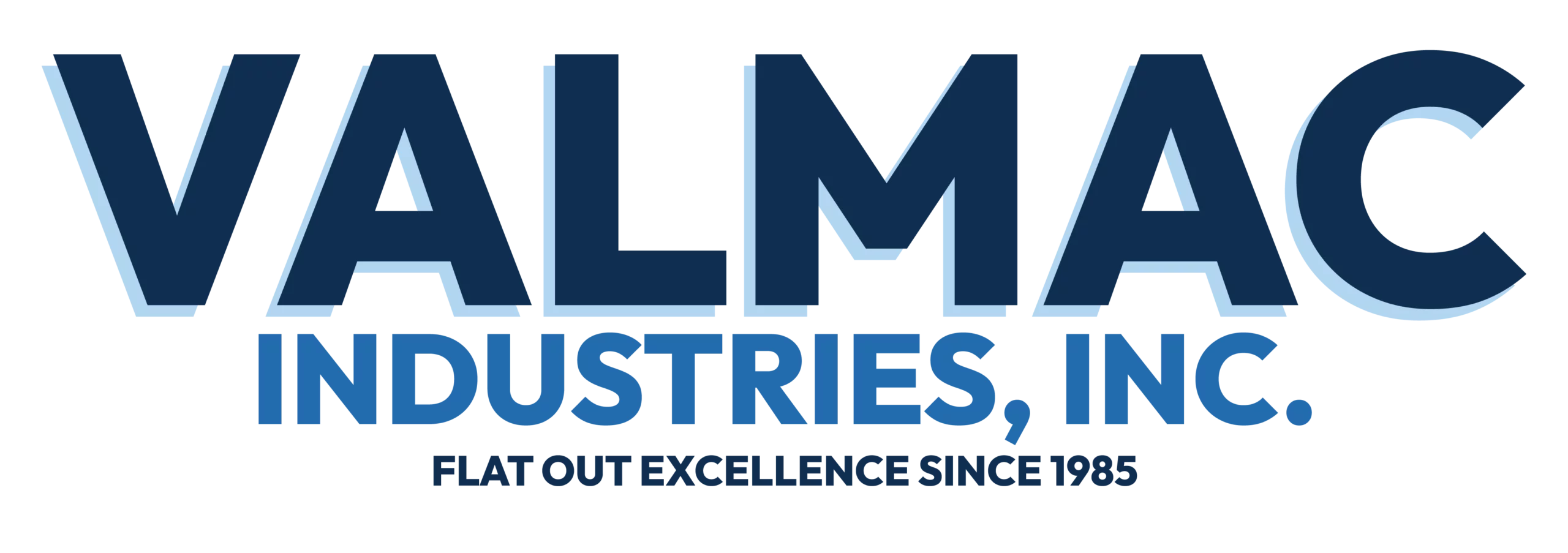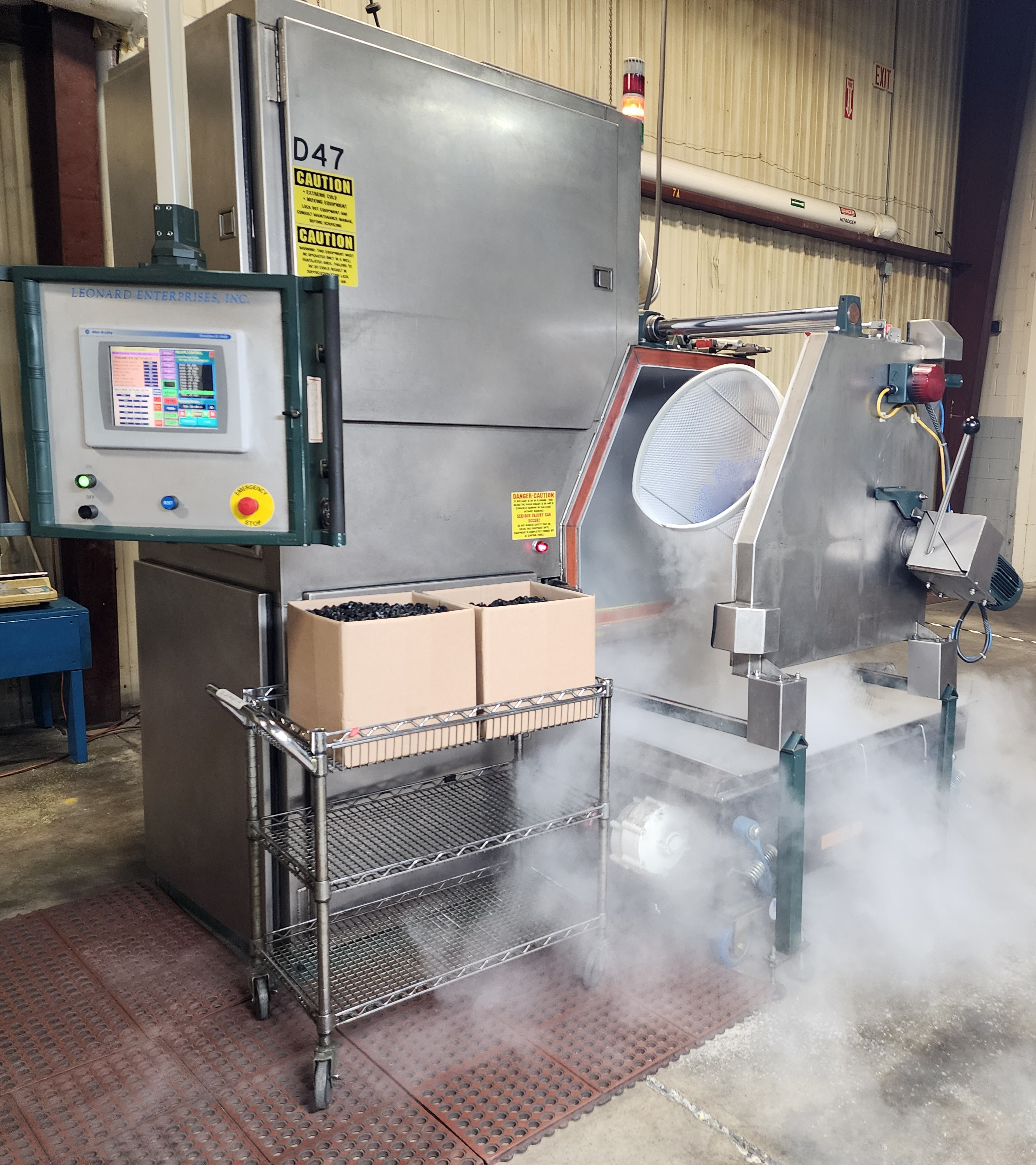At Valmac Industries, we pride ourselves on mastering advanced manufacturing techniques to deliver precision-engineered products for our clients. One such cutting-edge method is cryogenic deflashing, a revolutionary approach to removing unwanted flash, burrs, and trim from molded parts. This process is efficient, precise, and environmentally sound, setting the standard for post-molding finishing.
If you’re curious about how cryogenic deflashing works, what equipment it involves, and why it’s superior to traditional methods, you’re in the right place. Let’s break it all down.
The Science Behind Cryogenic Deflashing
At its core, cryogenic deflashing utilizes extremely low temperatures to simplify the removal of excessive material on molded parts. Flash, the extra material that forms along seams or irregular edges during molding, is often tricky to remove without harming the integrity of the part.
Here’s where cryogenics comes in. By exposing parts to super-cold temperatures (typically using liquid nitrogen), the excess flash becomes brittle while the molded part’s substrate material remains flexible and intact. The brittleness of the flash allows it to break away easily through mechanical stress, typically generated by tumbling or blasting with fine media such as polycarbonate pellets.
This process utilizes the different material properties at low temperatures, ensuring the flash fractures and separates without damaging the precision features or surface finish of the part.
The Cryogenic Deflashing Process
Cryogenic deflashing involves a carefully orchestrated workflow to ensure optimal results. At Valmac Industries, we’ve fine-tuned this process to deliver consistent, high-quality outcomes. Here’s what it looks like step by step:
- Loading the Parts:
Components in need of deflashing, such as O-rings, gaskets, or medical-grade parts, are placed in a rotating drum or basket of a cryogenic deflashing machine. These parts can be made from materials like rubber, plastic, silicone, or polymers. - Cryogen Injection:
Liquid nitrogen is introduced into the machine, rapidly lowering the temperature and creating a controlled cold environment. The parts cool uniformly, causing any excess flash to harden and become brittle. - Tumbling & Media Blasting:
While the parts tumble, a stream of small, precise media (like fine polycarbonate pellets) is blasted at the parts. The combination of tumbling and abrasive blasting ensures uniform removal of flash, both external and internal, from every component. - Post-Tumble Cleaning:
After the deflashing step, the parts go through a post-tumble phase to remove any residual media or particles. This ensures each component is ready for immediate use or further processing. - Inspection and Quality Assurance:
Parts are inspected to verify that all flash has been removed without compromising dimensions, tolerances, or surface finishes.
The entire process takes only minutes, offering much faster turnaround times than traditional deflashing methods like manual trimming or grinding.
The Equipment Used
- Cryogenic Deflashing Machines:
High-precision equipment capable of operating at extremely low temperatures while maintaining control over tumbling speed and blast direction. Modern machines feature computerized control systems for consistent results across large production runs. - Cryogen (Liquid Nitrogen):
Liquid nitrogen is the key refrigerant, prized for its ability to achieve low temperatures quickly and efficiently. It’s both environmentally friendly and cost-effective. - Media Blasting Materials:
Polycarbonate or other fine, abrasive media are used to remove hardened flash. These materials are carefully selected to ensure they don’t damage the parts during the process.
The Advantages of Cryogenic Deflashing
1. Unmatched Precision
Cryogenic deflashing delivers superior accuracy by targeting flash without affecting the part’s critical dimensions or surface finish. This is especially crucial for components like medical implants, O-rings, and gaskets where tight tolerances are non-negotiable.
2. Improved Efficiency
The process reduces cycle times dramatically compared to manual methods like hand trimming. With cryogenic deflashing, we process a high volume of parts in a matter of minutes, ensuring faster time-to-market for our clients.
3. Enhanced Consistency
With automated and computerized systems, you get reliable, repeatable results across every batch of components. No more human error in trimming!
4. Cost Savings
Cryogenic deflashing lowers production costs by reducing labor and minimizing scrap waste. Plus, the use of liquid nitrogen is economically viable and sustainable.
5. Environmental Benefits
Unlike chemical deflashing, cryogenic methods avoid harmful solvents and produce minimal waste. It’s a responsible choice for businesses aiming to meet environmental standards.
6. Versatility
Cryogenic deflashing works on a wide variety of materials, including plastics, rubbers, urethanes, and silicones.
Real-World Applications at Valmac Industries
Over the years, Valmac Industries has leveraged cryogenic deflashing to enhance the performance and finish of parts across multiple industries:
- Automotive: High-precision O-rings and gaskets deflashed for seamless engine and transmission systems.
- Medical Devices: Delicate surgical implants and tools finished without compromising critical tolerances.
- Electronics: Burr-free connectors and switches for flawless assembly in electronic systems.
- Consumer Products: Durable, aesthetically flawless components for household appliances and gadgets.
Trust Valmac Industries for Cryogenic Deflashing
Cryogenic deflashing is more than just a finishing step; it’s a game-changer for industries demanding high-quality, precision-engineered parts. At Valmac Industries, we combine state-of-the-art technology, skilled expertise, and a commitment to excellence to deliver the best solutions for your production needs.
Want to see how cryogenic deflashing can work for your business? Contact us to discuss your specific requirements, or request a quote for our services. Together, we’ll take your components from good to flawless with the power of cryogenics.

